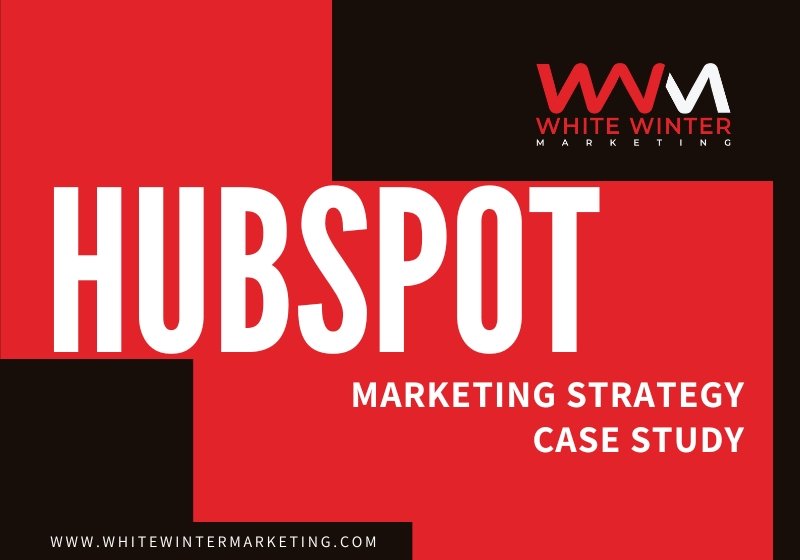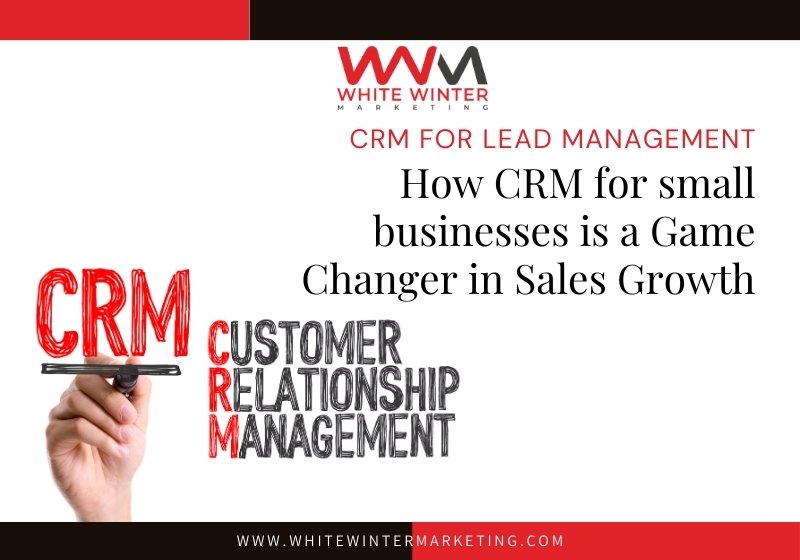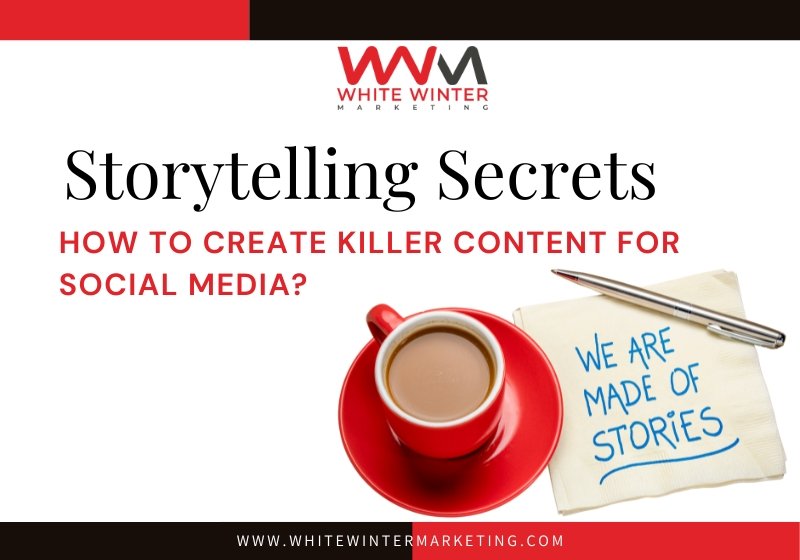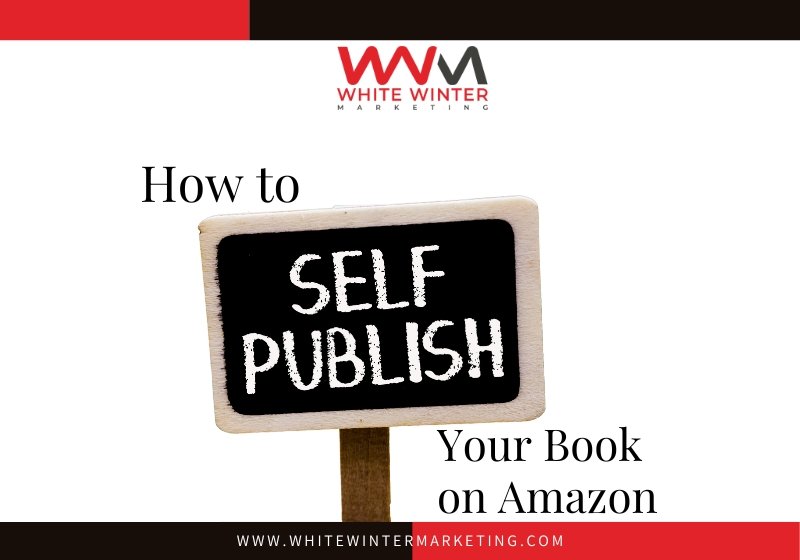Global business platform HubSpot offers services and tools for managing sales, customer care, and inbound marketing. Lyft, GE, and Amazon Web Services are just a few of the hundreds of thousands of clients that HubSpot, which was founded in 2006 and has its headquarters in Cambridge, Massachusetts, assists in helping businesses prosper in the increasingly digital world.
HubSpot marketing strategy has empowered the brand to help more than 90,000 customers in over 100 countries drive leads into their funnel and attract their target customers.
The concept of marketing, which stresses producing good content to draw clients organically rather than relying on conventional outbound marketing techniques, was partly made famous by HubSpot.
Marketing Framework
The HubSpot case study explores a marketing approach called content marketing. This approach is centered around attracting and captivating customers through content and engaging experiences on various digital platforms such as websites, blogs, social media, and more.
The core idea behind the methodology is that customer purchase journeys have undergone changes, and traditional interruptive advertising no longer resonates with them. Instead, potential buyers want helpful information readily available to educate themselves before engaging with sales.
Content Marketing Examples that Inspire Everyone
HubSpot employs both B2B and B2C marketing approaches by targeting two distinct customer groups:
B2B Users
Since most of HubSpot’s customers are businesses rather than individual consumers, it follows a B2B approach for its marketing and sales efforts. An analysis of HubSpot case studies revealed specific characteristics of its B2B marketing strategy:
- Focus on resolving business pain points through its software capabilities.
- Emphasis on generating qualified leads who are actively in the market for solutions.
- Creation of helpful content assets like case studies, eBooks, and webinars targeted at key buyer personas within prospects.
- Reliance on tech adoption influencers within companies for driving purchase decisions.
The B2B nature of HubSpot’s model means it must invest more time and resources upfront to understand buyer journeys accurately before driving conversions.
B2C Blog Readers
Alongside commercial products, HubSpot offers a vast library of free blogging resources for entrepreneurs, startup founders, freelancers, and marketers. The educational content attracts visitors who later convert to software customers.
The Market & Competition
Being one of the pioneers in marketing, HubSpot has established its unique position in the industry. However, it now encounters growing competition from players entering the market.
- Adobe
- Oracle
- Salesforce
- SAP
However, HubSpot retains market leadership in providing an all-in-one suite spanning SMEs’ marketing, sales, and service capabilities. The freemium model, allowing essential functions at no cost, also aids user acquisition.
Services Offered
HubSpot’s primary offering is a comprehensive growth platform comprising a suite of integrated marketing, sales, service, and CMS applications. Its principal goods and services include a few of these:
- Inbound Marketing Hub: Helps build websites, optimize SEO, publish blogs and content, run inbound ads, and more.
- Sales Hub: Provides CRM, email integration, sales workflow automation, and pipeline management tools.
- Service Hub: Enables businesses to provide excellent customer service through ticketing, knowledge base, and community support portals.
- Operations Hub: Acts as a centralized platform for tracking key metrics and running reports and dashboards.
- CMS: Content management capabilities to create and manage all digital content from a single system.
In addition, HubSpot offers various free starter tools and trial versions for small businesses to get accustomed to using its platform.
Adidas Marketing and Branding Case Study
Marketing Mix
HubSpot’s marketing strategy employs an integrated marketing mix supporting its growth and customer experience efforts:
Place
- The self-serve freemium model facilitates easy product sampling. Free users get hooked before upgrading.
- Direct sales staff provide concierge support to convert and retain enterprise users.
Product
- Comprehensive CRM, content management, analytics, and integrating tools delivering complete functionality.
- Intuitive drag-and-drop user interface enabling easy adoption even for novices.
Promotion
- Customer nurturing from initial awareness to purchase via targeted and personalized content across channels.
- Inbound marketing drives organic discovery, while outbound ads target high-intent users.
Price
- The low-risk freemium model helps attract early adopters, students, and startups.
- Cost-effective scaling plans allow seamless upgrades tied to business growth.
- Premium enterprise pricing and customization for large corporations.
Promotional Techniques
HubSpot marketing case study leverages digital channels uniquely to promote its brand and drive conversions. Some of its promotional techniques include:
- Educational Content Marketing: Publishes blogs, eBooks, videos, webinars, and case studies.
- Influencer Marketing: Partners with industry thought leaders and customers for referrals.
- Paid Advertising: Leverages LinkedIn, Google Ads, and Bing for lead generation.
- Social Media: Maintains an active presence on Facebook, Twitter, LinkedIn, and YouTube to engage followers.
- SEO: Focuses on organic search visibility by optimizing site architecture and content.
- Events: Hosts flagship conference Inbound each year to bring marketers together.
- Mailing List: Nurtures registered site visitors with timely product updates via email.
- Referral Programs: Offers referral bonuses via its ambassador program.
The multi-channel nature of HubSpot’s promotional blueprint helps maximize awareness and capture quality leads across various stages of the purchase cycle.

Brand Identity
HubSpot’s logo epitomizes the concept of inbound marketing, with arrows pointing inward, representing how the company attracts customers. The vibrant orange hue exudes a friendly, energetic vibe, while the rounded font conveys accessibility.
One of the unique aspects of HubSpot’s marketing strategy is: that over the years, the brand has retained the same logo with minor stylistic updates. The iconic visual identity now adorns all company assets, instantly signaling the brand. The inbound arrows mean HubSpot even without the name spelled out.
Some other aspects of HubSpot’s compelling visual identity include:
- Consistent use of brand colors across all assets for high recognizability
- Minimalistic design theme followed in product interfaces and portals
- Call-to-action buttons staying prominently in user sightlines
- The slogan “Marketing, Sales, Service, and CMS, All-In-One” encapsulates its platform pitch
- Imagery conveying customer delight, productivity, and modern work culture
Such integrated branding enhances HubSpot’s appeal as a user-friendly technology led by purpose rather than just features. It builds credibility and affinity.
Digital Marketing Strategies
HubSpot marketing case study leverages multiple owned, earned, and paid digital channels for marketing success:
Inbound Blog & Resources
HubSpot offers a vast inbound marketing blog updated daily alongside ebooks, templates, and courses. The educational assets establish domain authority, increase organic visibility, generate leads, and nurture prospects.
Social Media Presence
HubSpot sustains active profiles across YouTube, Facebook, Twitter, LinkedIn, Instagram and Pinterest. Social promotion centers around relevant industry insights, quick tips, inspirational success stories, and spreading brand awareness.
Email Marketing
Targeted email campaigns drive subscriber growth for HubSpot’s blog and any educational offers. Existing contacts get personalized recommendations and special deals, driving retention.
Paid Advertising
Google Ads, LinkedIn ads, and retargeting ads help generate more inbound visits to HubSpot’s landing pages. Paid experiments also test creative approaches.
SEO
Careful on-page and technical optimization ensures HubSpot ranks high for inbound marketing keywords. Location pages target local searchers, while extensive backlinking builds domain authority.
Sales Enablement
Direct sales teams fuel HubSpot’s enterprise-level customer acquisition efforts via in-depth demos, lucrative trials, and onboarding assistance.
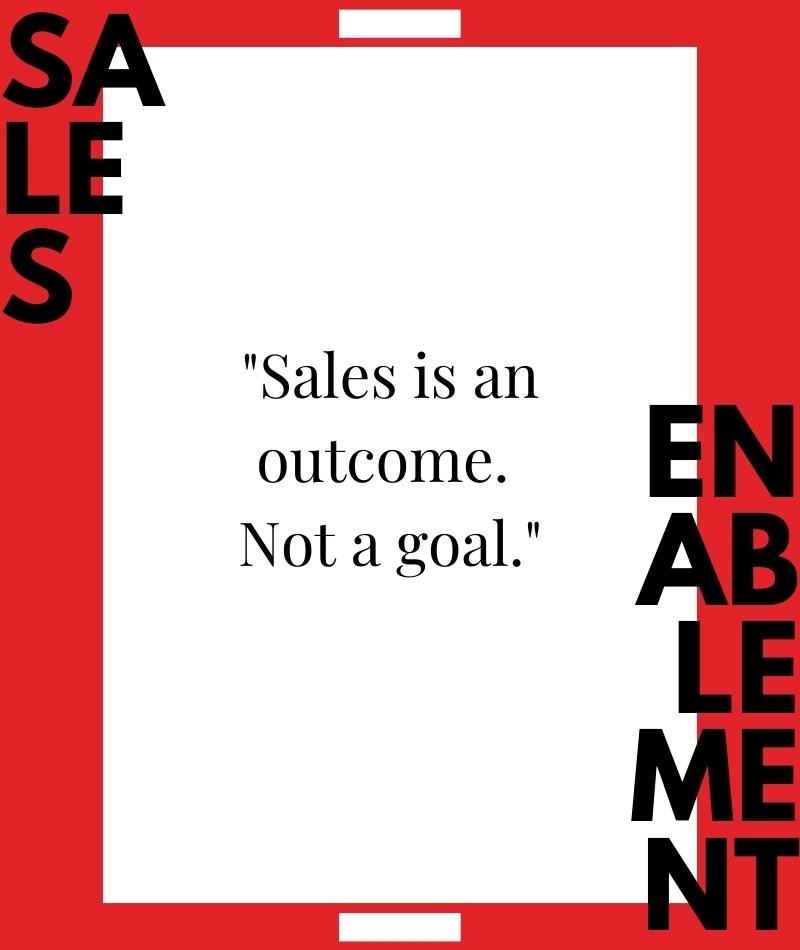
Key Takeaways from HubSpot’s Marketing Playbook
HubSpot marketing case study exemplifies how inbound marketing practices like content creation and search optimization can simultaneously drive organic growth for products and brands. Instead of hard-selling, HubSpot educates potential customers with relevant and helpful assets during their buyer journey.
Understanding the HubSpot case study can help other B2B tech players replicate similar success fueled by magnetically attracting customers versus aggressively pursuing them. However, the foundations of remarkable content and customer-centric products must first be laid to present meaningful value.

